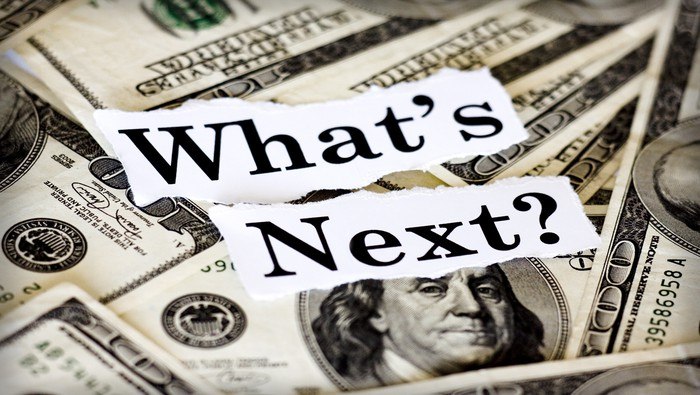
US Dollar Weakness to Make Headway as Fed Abandons Hawkish Pledge
After a steep sell-off late last year and early 2023, the U.S. dollar, as measured by the DXY index, staged a strong recovery in February, bolstered by hotter-than-expected U.S. economic reports, including labor market and CPI data.
Strong business hiring, coupled with elevated inflationary pressures, led traders to assume that the Fed would need to raise borrowing costs more aggressively to return inflation to the 2.0% long-term target over the forecast horizon, a view that was later reinforced by hawkish central bank commentary.
In this context, expectations for the FOMC’s terminal rate shot up, reaching 5.7% at its highest point early in March. This bolstered Treasury yields across the curve, especially short-dated ones, paving the way for the DXY index to rally to its best level of the year, just a touch below the 106.00 handle.
However, the upward move in yields and the dollar came crashing down quickly in response to the banking sector turmoil, which saw two mid-sized banks collapse within two days of each other. While there were idiosyncratic reasons for their failure, the Fed’s fast-and-furious hiking cycle also bears some responsibility.
This article focuses on the U.S. dollar fundamental outlook. If you would like to learn about the USD’s technical prospect/price action analysis, download DailyFX’s complete quarterly guide by clicking the link below. It’s free!
Recommended by Diego Colman
Get Your Free USD Forecast
Chart 1: Fed Funds Futures Implied Yield, 2 and 10-year Treasury Yields and DXY Index

Source: TradingView, Prepared by Diego Colman
Fed Embraces Cautious Stance Amid Banking Sector Turmoil
To protect financial stability, the FOMC embraced a less aggressive posture at its March meeting, backtracking on hawkish pledges/rhetoric and penciling almost the same hiking path anticipated three months ago in the December’s summary of economic projections, despite upside inflation risks.
The Fed’s cautious stance suggests that policymakers may be convinced that interest rates are now at/near sufficiently restrictive territory following recent banking sector developments and considering their adverse impact on broader credit conditions. This doesn’t not equate to a full-fledge monetary policy pivot, but it is the first step in the direction.
Recommended by Diego Colman
Get Your Free USD Forecast
Monetary Policy Pivot Looms as Recession Risks Grow
With the Fed’s tightening campaign winding down and traders already positioning for the first interest rate cut amid softening economic activity, the U.S. dollar will likely have a challenging second quarter against its top peers, especially if sentiment recovers in a material way. This means more losses could be on the horizon for the greenback.
There is, however, one key risk to the bearish scenario: further market turbulence. If banking stress intensifies and leads to some sort of financial Armageddon, the U.S. dollar could shine and regain leadership in the FX space by virtue of its safe-haven appeal, but this is not the baseline scenario.
Recent events have shown that the Fed, along with other U.S. authorities, will not allow systemic risks to fester and grow, but will step in to shore up the financial system at the first sign of trouble. With this backstop in place, any bouts of risk aversion and U.S. dollar strength could be short-lived.

